The Project Management Guide: Setting a Budget
If you are about to embark on a self-build project, the best piece of advice I or anyone can give you, is to work out your budget early on and do everything with reference to what you have available to spend.
TV shows on house building take delight in creating ‘jeopardy’ by picking projects that look woefully underfunded, but somehow come good in the end.
Let’s face it, a show where a sensible couple build a modest house on time and within budget using a competent builder will never catch the attention of a TV producer.
But in the real world, it’s a very bad idea to set off with big plans and a small budget; if a project is going to be a struggle it’s usually because the money has run out before the project is complete.
This month, I’m offering some guidance on how to approach managing your budget.
Planning the finances for your build project
Your project will be split into three main areas of expenditure: the cost of the land, the cost to build and additional costs (statutory and professional fees, service connections, landscaping, warranties and insurances, for example).
| Hands-on or Hands-off?
Should you get really involved in managing your build or stand back and let the experts deliver? Understand the options and which is right for you at Build It Live. Different exhibitors specialise in the various routes – from complete turn-key builds to hands-on support to maximise your chances of success. Explore all the options in one place – only at Build It Live. Build It Live takes place three times a year in Kent, Malvern and Exeter. The next show will be on 21st and 22nd February 2026 in Maidstone, Kent. Claim a pair of free tickets today and start planning your visit. |
Do some homework regarding what can be built and what it will be worth when you’ve finished. It’s a common mistake to spend too much on land, leaving too little to actually build with, so be realistic about what it actually costs to build and don’t rush to buy the first plot you see.
To get some idea of what it costs to build a house from scratch, use our build cost calculator.
I don’t want to sound too pessimistic, but it always seems to cost a bit more and take a bit longer to build a house than you think it will and I’ve yet to meet a self-builder who has told me that they completed under budget.
Your total build budget will be made up of three components. Basically this is how much you have in the bank in the form of savings or other liquid assets, the equity in your existing property and the amount you can beg or borrow from other sources, usually meaning a mortgage.
Add these together to see what you have to play with and to paraphrase Mr Micawber, if expenditure is just under your budget, there lies happiness!
What is cashflow?
Cashflow is the balance between outgoing and incoming funds. The bills will come in thick and fast once building starts, so it’s important to have the cash available to pay them as they arise.
You can regulate this by setting up trade accounts for materials which will give you anywhere between 30 and 60 day credit terms.
You can also agree stage payments for builders so that you can anticipate when the big payments will be due. Make sure that any cash tied up in notice accounts can be accessed in good time.
Treating your builder as a credit facility is unfair as he will have bills to pay in turn and you don’t want to become a ‘cowboy customer’ who can’t (or won’t) settle their bills – there are more of them out there than you might realise.
Remember too that although you can claim back the VAT on materials used in a self-build project, if you are buying the materials yourself, you will have to pay for them first and then claim the VAT back at the end of the build, so there is a cashflow implication here.
Mortgages for self-build projects
The trouble with high street mortgage lenders is that they don’t necessarily understand self-building.
The idea of lending money against an asset that does not yet exist, or that you might want to demolish and replace with something else can give them a fit of the vapours. How will they get their money back if it all goes wrong?
Thank goodness then for companies such as BuildStore Financial Services (www.buildstore.co.uk) who do understand what is needed and who are the market leading brokers in the self-build and renovation world.
Their Accelerator mortgage is a work of genius, allowing prospective self-builders to advance money against land purchase, and then again against build costs all the while lending the money in advance stage payments so that a positive cash flow can be maintained.
The additional risk posed by not having a tangible asset to loan against at the early stages is offset by a separate insurance premium, although I’m told that this is rarely invoked as most borrowers don’t embark on such a project lightly and tend to see their project through to completion regardless.
I would suggest BuildStore should be your first port of call when looking for a self-build mortgage because they know their stuff.
Working out your budget
This is the big question and so often, people start from the wrong end of the discussion. If, like most of us, you have finite financial resources then you need to build within those limits.
The biggest mistake is to say that because you have a certain amount of money that is what the project will cost because it has to.
It is more sensible to work out what money you have in the budget, subtract the cost of the land and make an allowance for your additional costs and then to divide what is left by the build cost figure (per square metre) that you have worked out from the build cost tables at the back of this magazine.
The figure you have left is the approximate size of house you can afford to build (in square metres) and you should move forward on that basis.
It may be smaller than you might have wanted, but you will have a fighting chance of actually building your new home without running out of money before it is finished. Perhaps you can add the East Wing at a later date….
How to divide up the budget
Given the choice, we would all wish to have a high-quality house built for a low cost but quickly and efficiently.
You can have any two of these to a greater or lesser extent, but never all three at the same time. Work out what you want from your build and plan accordingly.
A common problem is self-builders wanting the highest quality for the lowest price. If you are on a tight budget, then you will inevitably have to compromise.
This doesn’t mean having a poor quality house, but if you spend, say, £6,000 on that designer bathroom suite when you could get a similar product but without the name for a fraction of the price in a typical retail park outlet, you are going to blow the budget pretty quickly!
My advice to those on a limited budget is always to build a simple design and spend the money on the items that are there to stay and which create the ‘Wow!’ factor. Bricks, tiles, windows and staircases will be there for the life of the house.
Get those items right and the quality is there to see. Kitchens and bathrooms go in and out of fashion, are easily replaced and a good one does not have to be expensive.
How to record your finances
Undertaking a self-build project has one feature that tends to concentrate the mind – when you pay the bills the money is coming out of your bank account, so you will be keen to make sure that every penny is spent wisely and is accounted for.
It’s worth organising things early so create spreadsheets to record expenditure in key areas such as professional fees, materials and labour.
These spreadsheets do not need to be complicated – draw up something that you are comfortable with but which captures the details of all the costs incurred.
Also, keep a filing system for invoices, delivery notes and receipts. There will be hundreds of these, ranging from till receipts for bags of screws to the invoice for a timber frame, but all are necessary to reclaim your VAT.
If you lose them, copies are not acceptable.
 For an accurate and detailed way to predict your self-build costs check out the Build It Estimating Service. It offers a tailored and user-friendly way to calculate costs and quantities, converting plans into an accurate estimate for your self-build. For an accurate and detailed way to predict your self-build costs check out the Build It Estimating Service. It offers a tailored and user-friendly way to calculate costs and quantities, converting plans into an accurate estimate for your self-build.
|
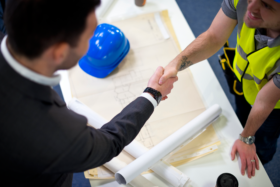



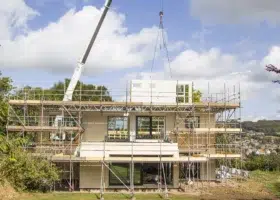
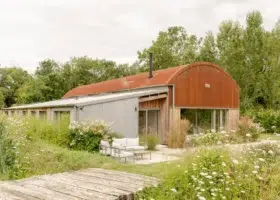
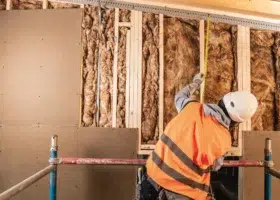
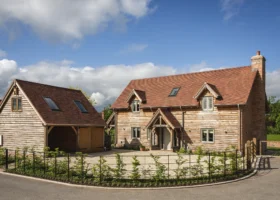


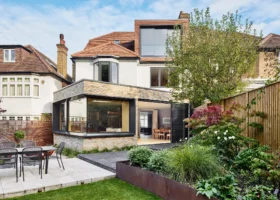
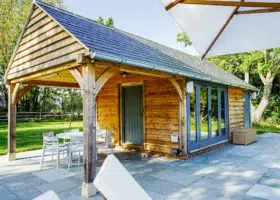
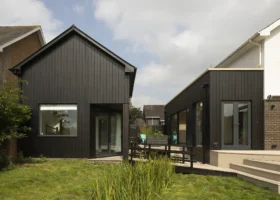
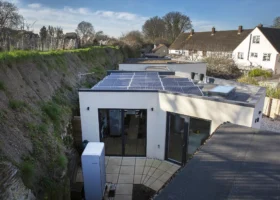
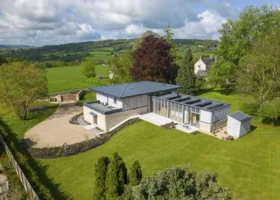



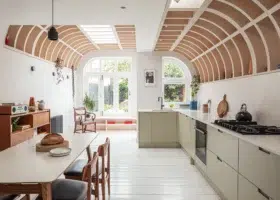
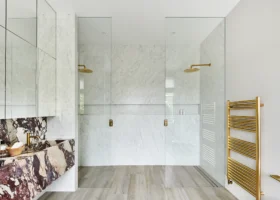
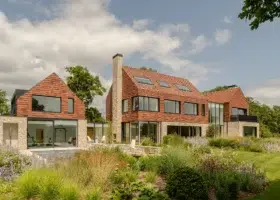
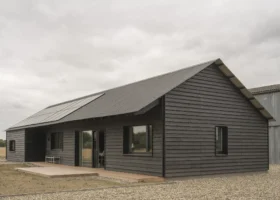
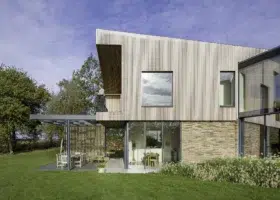
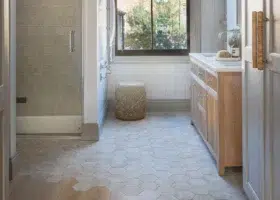

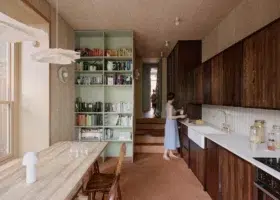
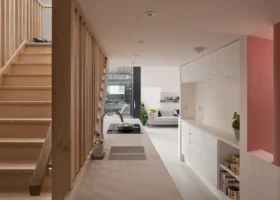
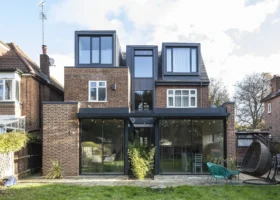
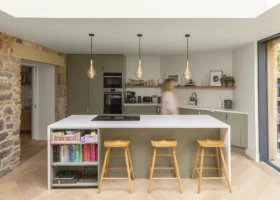
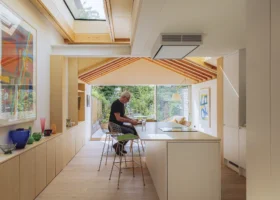
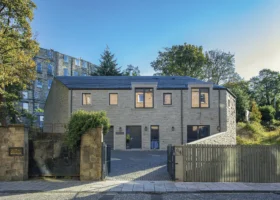
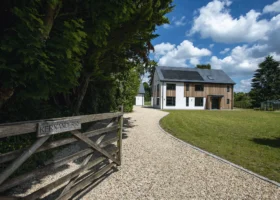


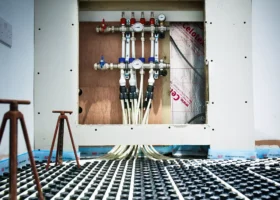


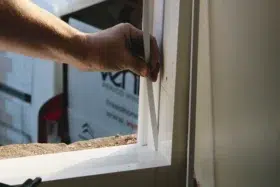
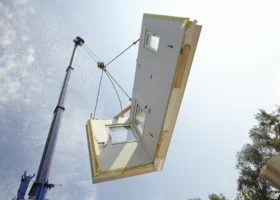
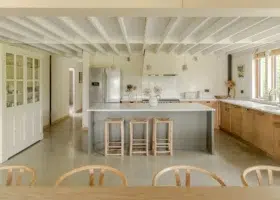


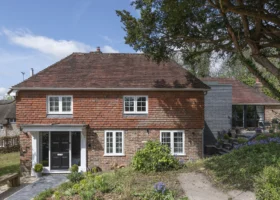
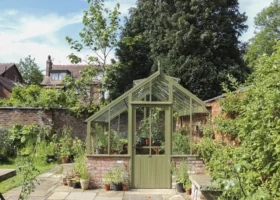
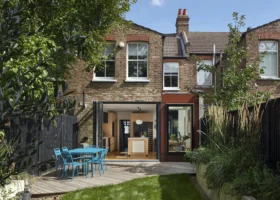

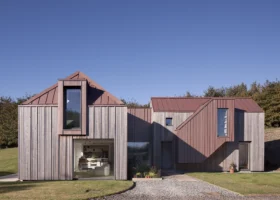
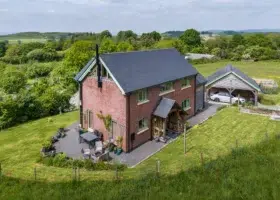
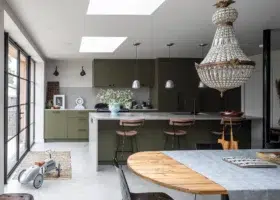
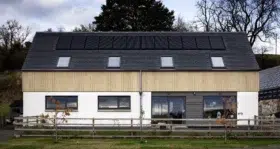


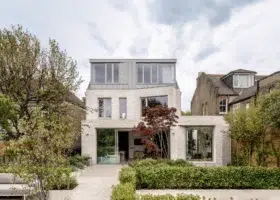
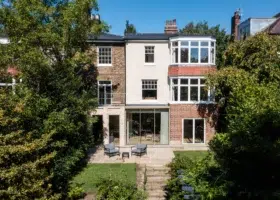
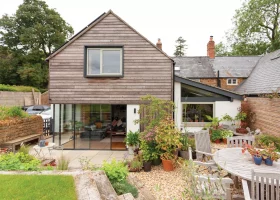
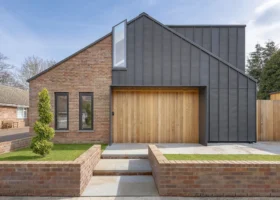
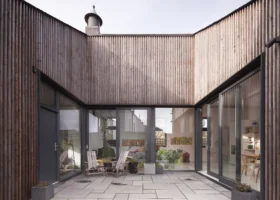
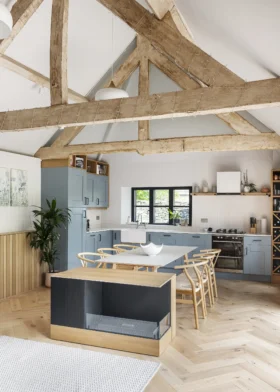


















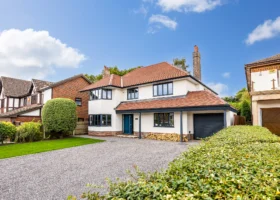
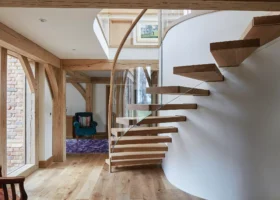




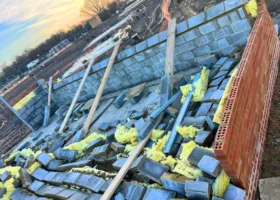

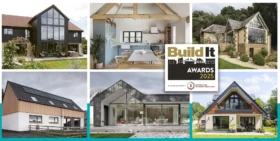





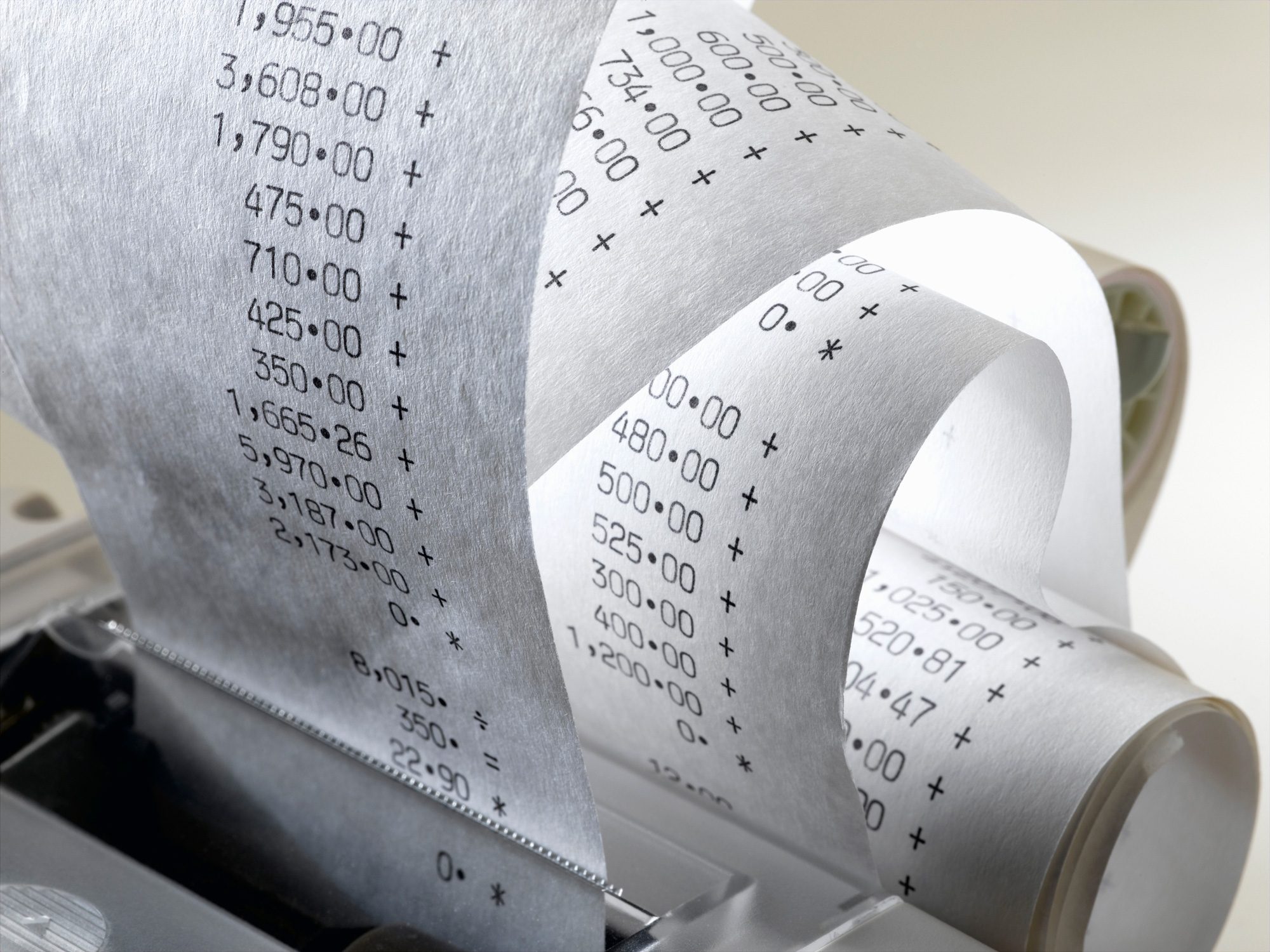
 Login/register to save Article for later
Login/register to save Article for later

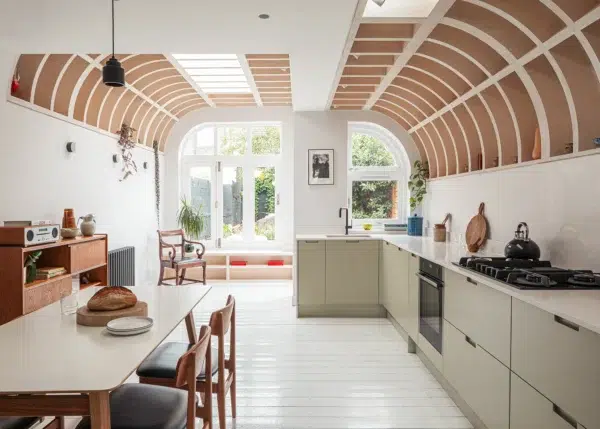
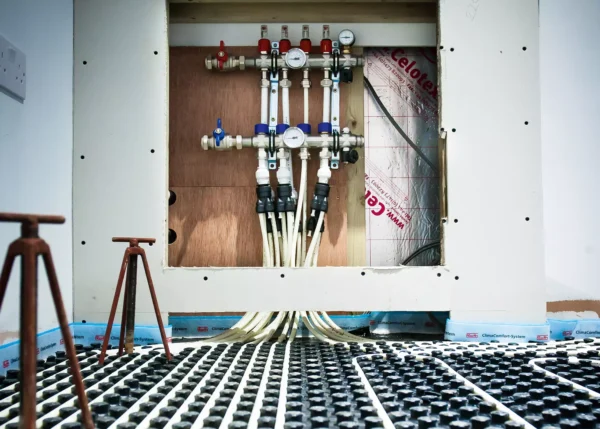
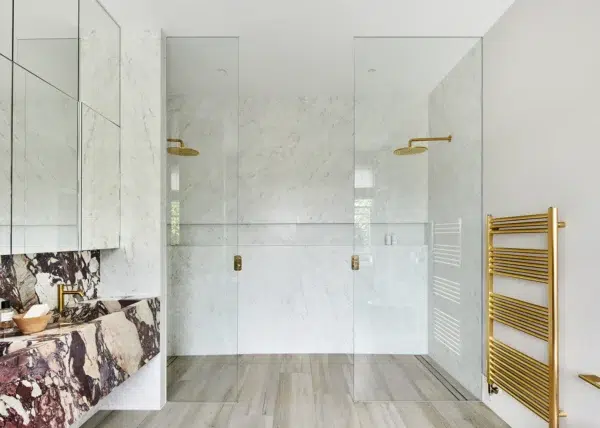
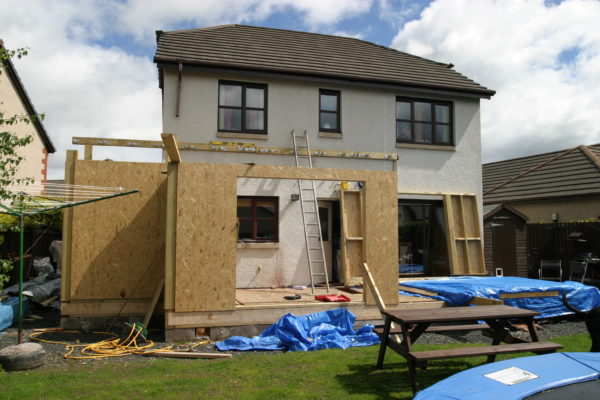
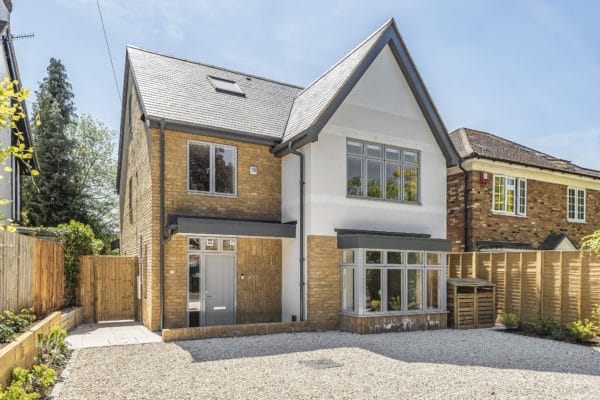
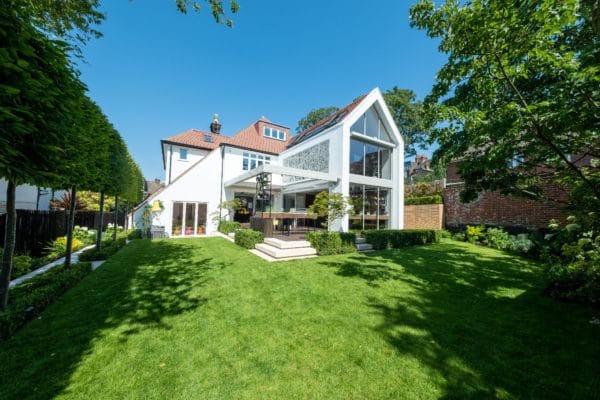
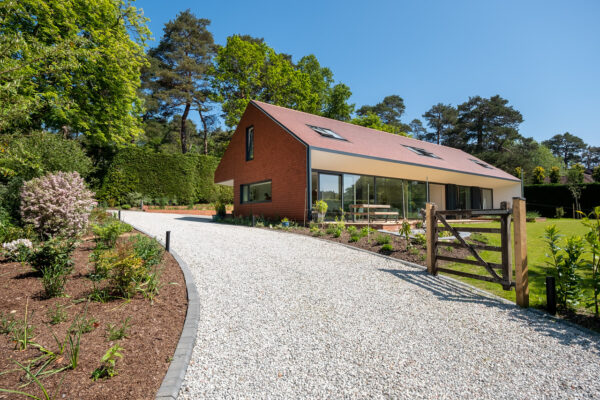



Comments are closed.